Structured Financing Mezzanine Loan Program Term Sheet
Small Multifamily Continues Steady Price Growth
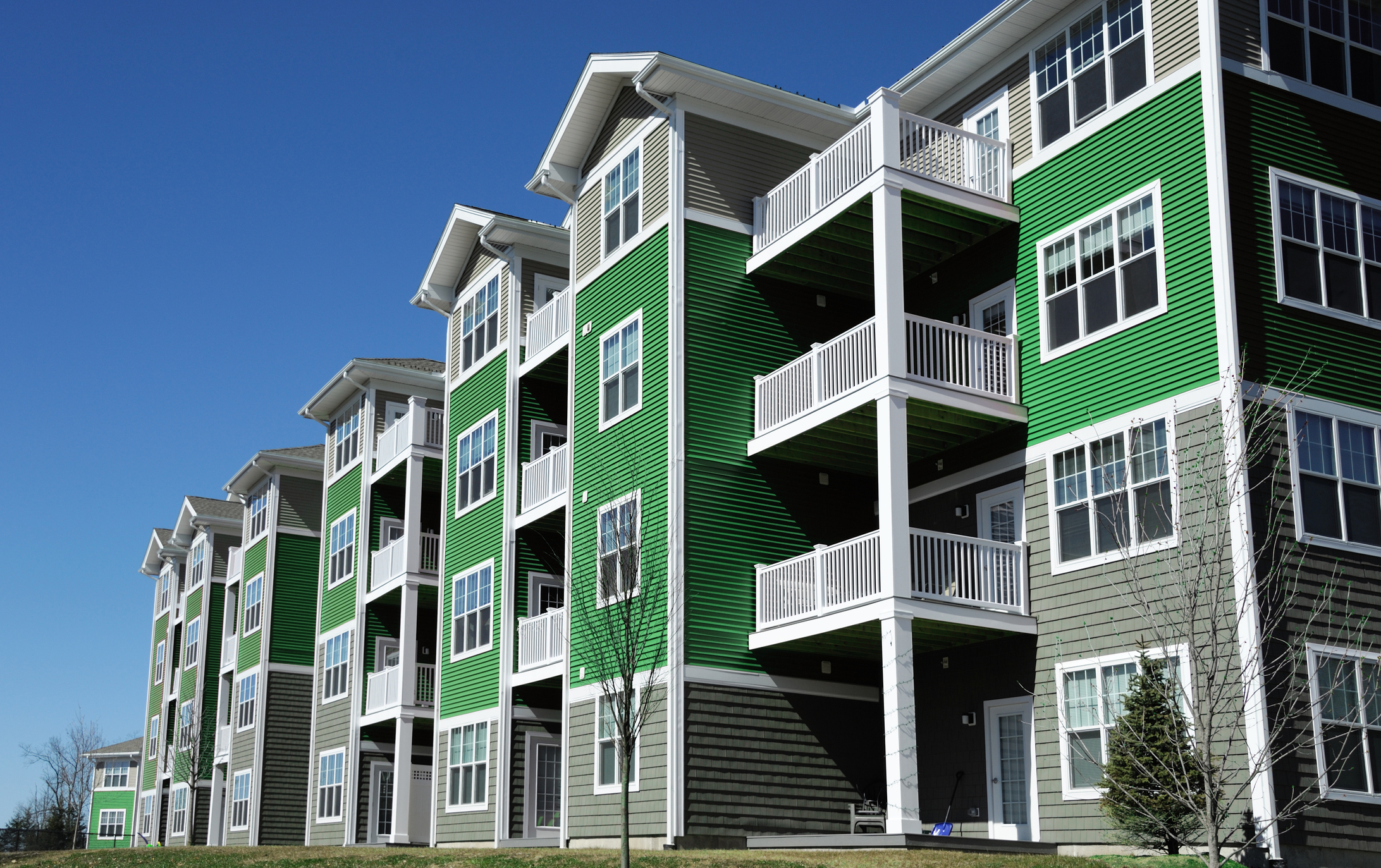
Small multifamily valuations realized positive year-over-year growth in the second quarter of 2025, demonstrating the sector’s ongoing resilience in an unsettled economic environment. Steady rent growth, improving operating expense ratios, and stable cap rates helped move price growth into positive territory.

Metro-Level SFR Rent Growth Trends in the First Half of 2025
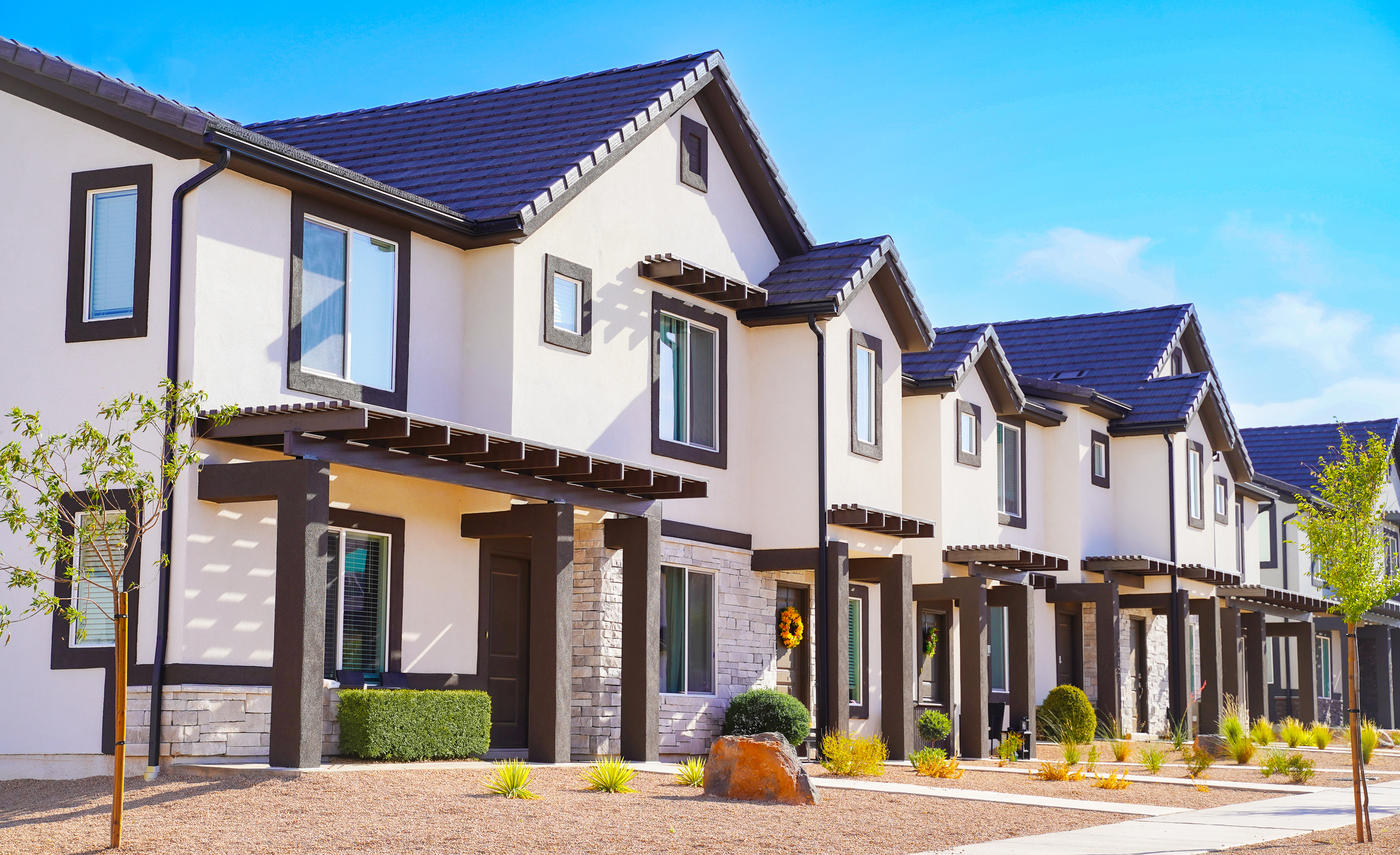
Albany, NY, and many other affordable mid-sized metropolitan statistical areas (MSAs) outpaced the national rent growth average for single-family rental (SFR) properties in the first half of 2025, according to an analysis of Zillow’s Observed Rent Index, which tracks the 100 largest markets in the U.S.

Larger Buildings and Smaller Units: How New Multifamily Completions Continue to Evolve

Driven by high construction costs, land constraints, and rental affordability, developers are increasingly prioritizing smaller units in higher-density multifamily properties. Utilizing data from the U.S. Census Bureau’s annual Survey of Construction, the research teams at Chandan Economics and Arbor Realty Trust have analyzed how the characteristics of new multifamily properties continue to evolve.

10 Items to Have on Hand for the Fastest Financing Possible
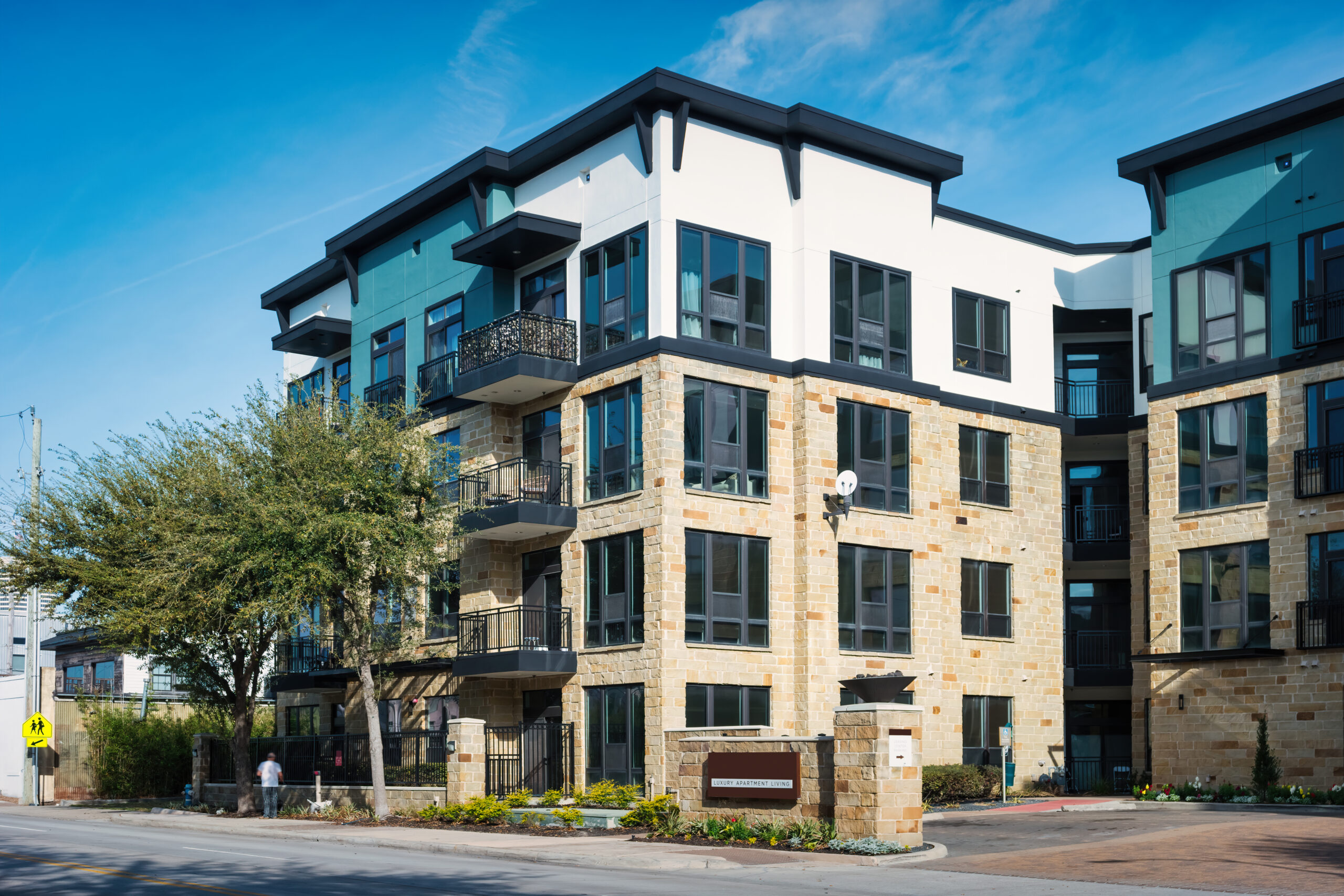
In today’s constantly evolving market environment, partnering with a lender that can balance prioritizing speed of execution with tailored solutions makes all the difference in securing the financing you need. Arbor’s experience, expertise, and innovation, combined with our willingness to understand each deal and work to make it successful, set us apart from other multifamily lenders. In our more than three decades of closing deals, we’ve found that having these 10 items on hand at the beginning of your borrowing journey helps prevent roadblocks and streamlines the entire financing process.

Single-Family Rental Investment Snapshot — July 2025

The single-family rental (SFR) sector continued showing strength in several key areas in the second quarter of 2025, even as residential housing market growth moderated.

Markets Where the Share of Renters is Highest
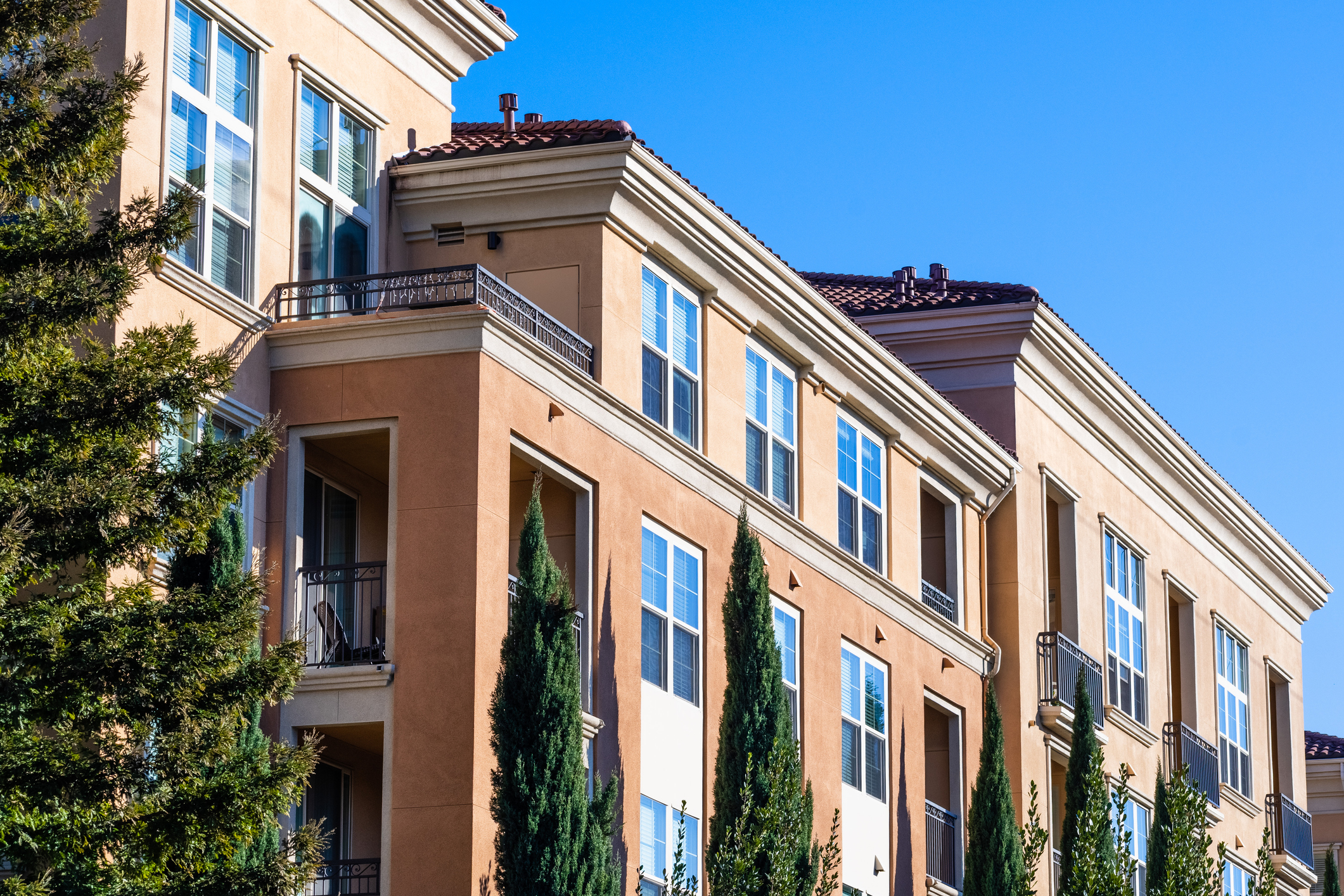
The U.S. housing market reflects a patchwork of local needs, preferences, and geographies, creating distinct storylines. Across the country, many significant shifts have occurred over the last five years, an analysis of U.S. Census Bureau data shows. More expensive housing markets tend to support higher percentages of rental households, and in fast-growing metros, rentals have become a highly effective and flexible way to house new residents.

Industry Leaders Share Optimistic Outlook on CRE and Authenticity at Work

In all market cycles, commercial real estate firms are better positioned to achieve successful results with leaders who are strong, confident, and authentic, qualities demonstrated by the dozens of speakers at the 2025 Real Estate Pride Roundtable in New York City.

SFR Investing: A Guide to Seizing the Sector’s Momentum
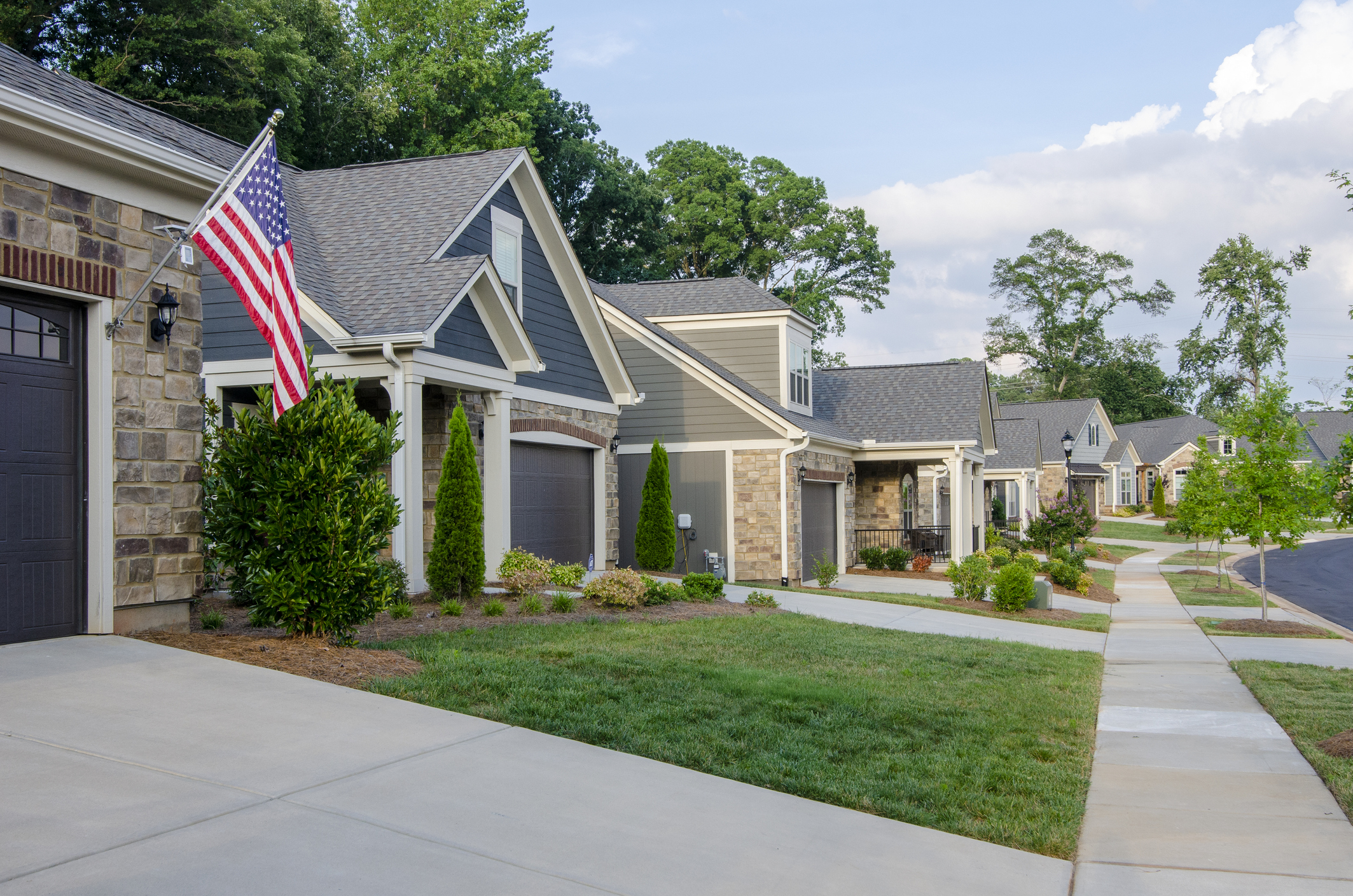
Single-family rental (SFR) investing is surging as this asset class outperforms. With homeownership less attainable and lifestyle renting more popular, the sector’s tailwinds bode well for long-term growth. If you are new to this space, our guide has answers to commonly asked questions.

Single-Family Rental Investment Trends Report Q2 2025
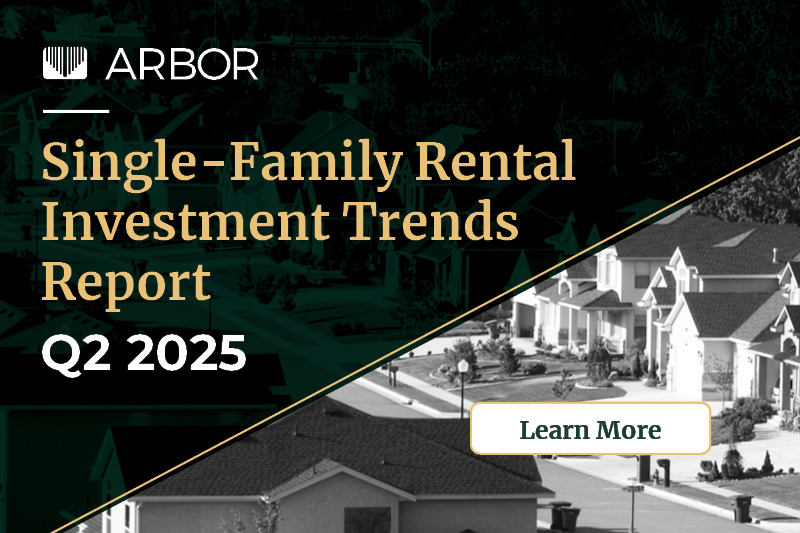
Bolstered by robust build-to-rent (BTR) activity, the single-family rental (SFR) sector continued to display strength even as the residential housing market moderated. Arbor’s Single-Family Rental Investment Trends Report Q2 2025, developed in partnership with Chandan Economics, provides original research and analysis of key performance metrics for investors to take a closer look at a sector on the rise.

Small Multifamily Investment Snapshot — June 2025

Amid ongoing macroeconomic uncertainty, the small multifamily sector remains favorably positioned for stability as the structural need for affordable housing in the U.S. has supported the strength of the sector’s demand profile.


